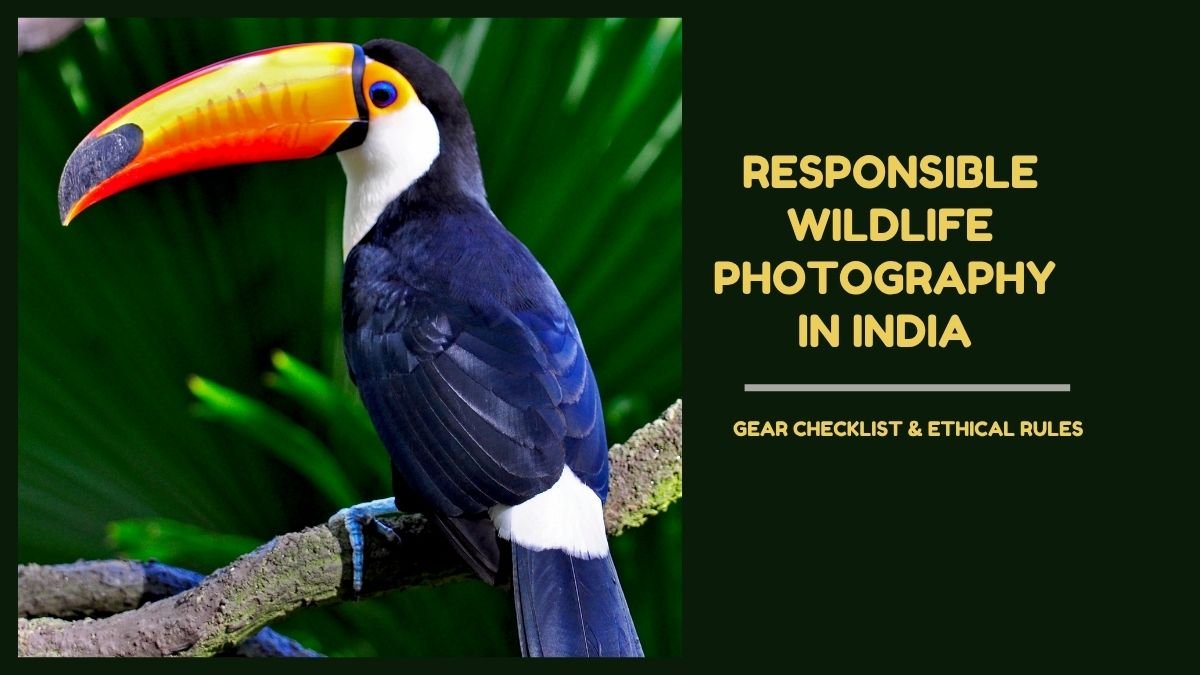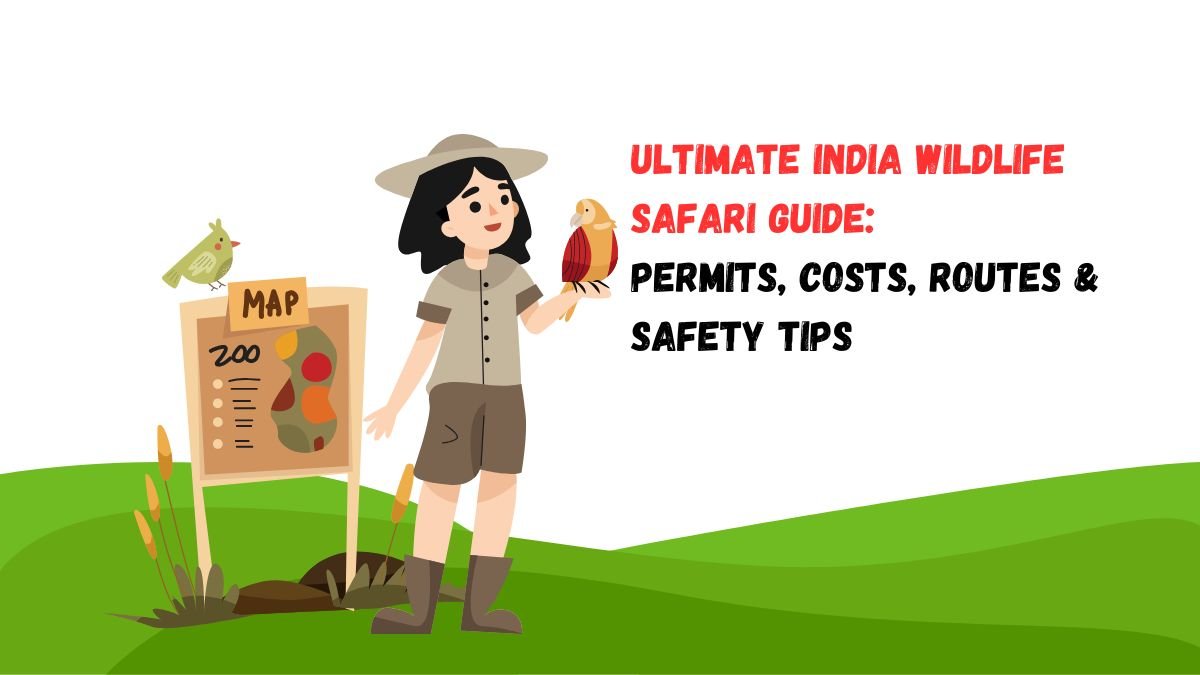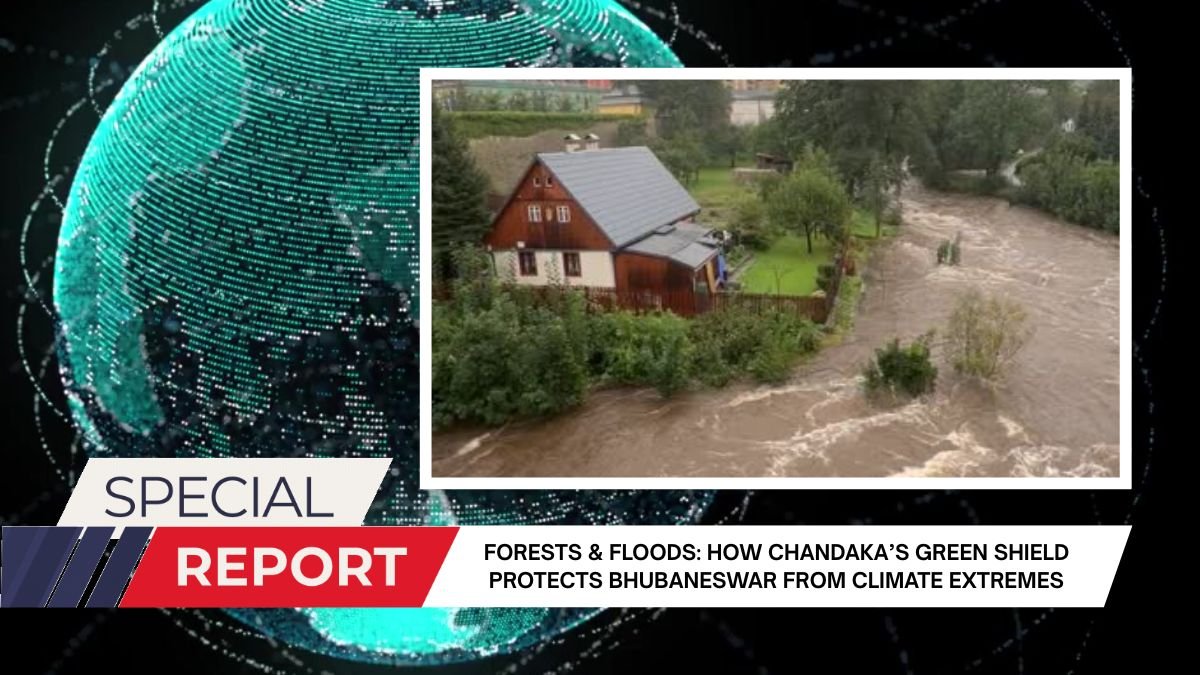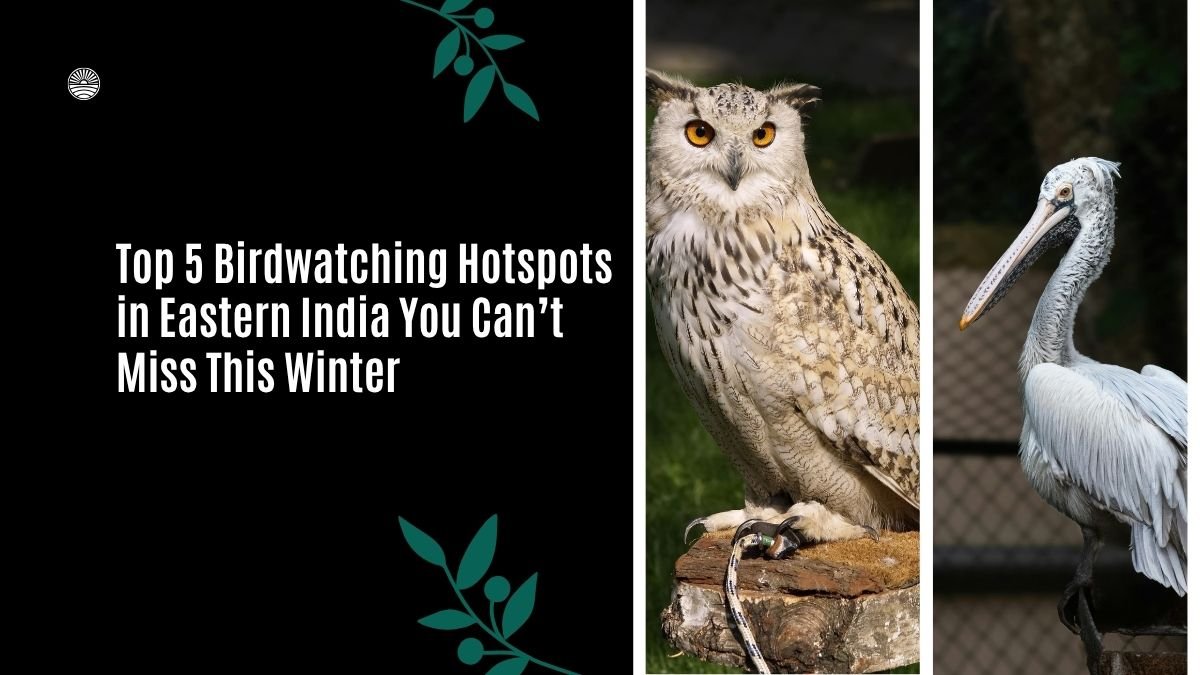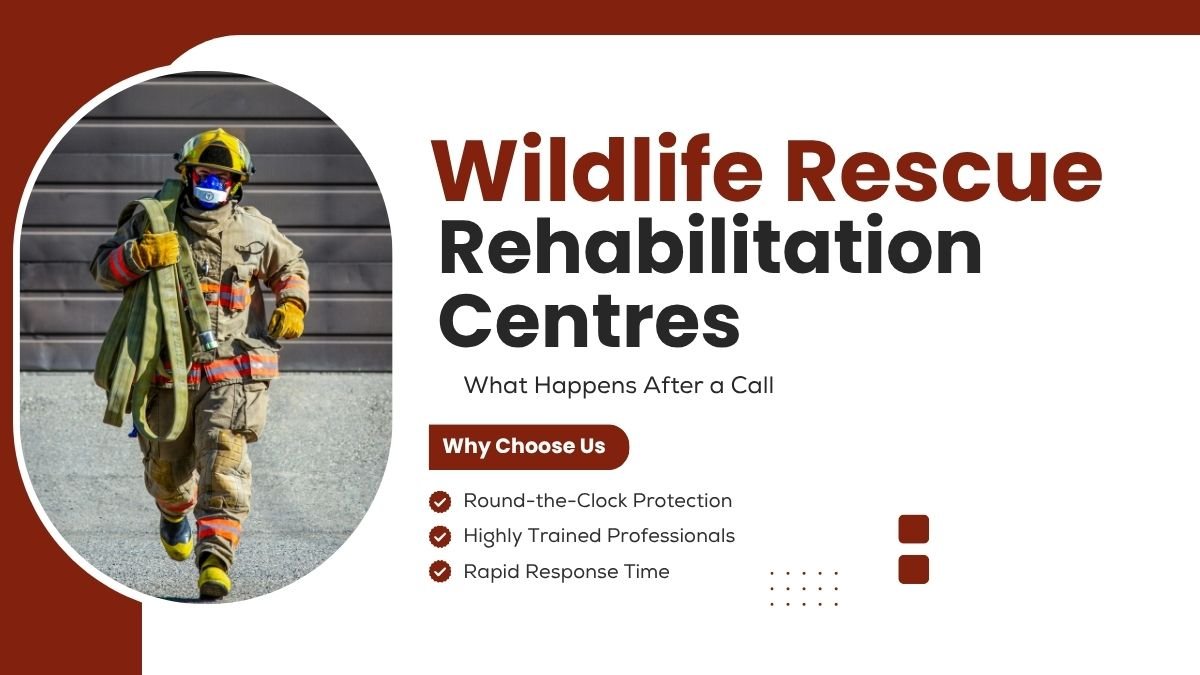How to do responsible wildlife photography in India: Essential gear and ethical rules
The real fun of wildlife photography is when we can capture the natural behaviour of animals without any interference. But for this, just a good camera or lens is not enough, but the right perspective, patience and respect for animals are also important. In this article, we will talk about how to do responsible and ethical wildlife photography in India, what are the essential gears to have, and what rules are important to follow so that animals and the environment are not disturbed.
1. Respect the animals’ space and boundaries
With a camera in the forest, one must understand that it is the home of these creatures. It does not give one the right to disturb the freedom of the animals in question just because they are behind a camera. We sometimes get too close, only to scare or alter an animal’s behavior in pursuit of the perfect shot.
For instance, simply because you took the camera too close to a nesting bird, it would fly away, leaving its eggs or young to danger. Similarly, if a lion is resting and gets up and moves because of you, it wastes its energy which it needs while hunting.
How to recognize that you are too close?
- If the animal suddenly starts looking at you, then understand that it is sensing you.
- If it slowly starts moving away, then you have crossed its boundary.
- Drooping ears, raising the tail, or suddenly stopping are signs of stress.
2. Choose the right gear and be patient
For the perfect photo, it is important that you have a 400mm or 600mm telephoto lens so that you can take close-up shots even from a distance. Apart from this:
- Photos will remain stable with a monopod or tripod.
- Use silent shutter mode so that there is no noise.
- Do not wear clothes with bright and vibrant colors.
3. Follow local laws and regulations
Every park or wildlife sanctuary has its own rules. Some places don’t allow drones, some don’t allow flash photography, and some require permits for commercial photography.
For example:
- In Rwanda and Uganda, it is important to maintain a distance of 7 meters while gorilla tracking to prevent the spread of diseases.
- In some places, colorful clothing or perfumes can also cause problems for animals.
What to do?
- Be sure to read the website of the place before the trip.
- If you want to take photos of a particular species, then definitely understand the guidelines related to them.
4. Follow the “No Trace” rule
You should be very careful to ensure that your presence in wildlife photography does not harm nature.
Some important things:
- Walk only on paved paths.
- Do not break or remove tree branches.
- Never touch an animal or a nest.
- Take all the garbage you bring with you, even fruit peels.
5. It is wrong to feed animals or create a scene
Many people feed animals to get a good photo so that they come near the camera. This method is not only wrong but also dangerous. By doing this:
- Animals start asking for food from humans and lose predatory behavior.
- Some animals become aggressive and can become a threat to tourists.
Staged photos or photos taken from live bait may look attractive but they are ethically wrong. A true photo is one that is taken without any interference.
6. Be a calm, patient and invisible photographer
Your goal should be that the animal does not feel your presence. For this:
- Keep the camera beep and focus light off.
- Avoid sudden movements.
- Cover yourself with bushes or rocks.
- Instead of going near the animal, stop there and wait for it.
7. Respect other photographers and tourists too
Many times photographers disturb the peace in the race to get ahead of each other. Remember:
- Everyone has the right to take photos from their own place.
- Don’t set up a tripod in front of anyone.
- Don’t talk loudly.
- If a place is too crowded and the animal looks restless, then move back a little. The peace of the animal is more important than your photo.
8. Work with local guides and conservation workers
If you have gone to a new place, it is best to connect with local guides. They will:
- Explain to you the local rules.
- Tell you which animals can be seen at what time.
- When and where it is right to stop.
9. Spread awareness through your photos
When you post a wildlife photo on social media, do tell the story behind it. Example:
- How did you take the photo ethically?
- What is special about that species?
- Is it on the verge of extinction?
This will also give information to your audience and they will also be inspired to do ethical photography.
10. Explain the importance of ethics to new photographers
In today’s time, people start taking risks in pursuit of likes and followers on social media. As a senior photographer, you should:
- Explain to them that patience, research and respect are most important.
- A shot taken by harming any animal is never right.
Conclusion:
Wildlife photography is not just about taking beautiful pictures. It is a responsibility – to protect nature, maintain the dignity of animals and cherish these experiences for future generations. If you follow these ethical rules, you will not only be able to take great pictures, but will also become a true nature lover.
